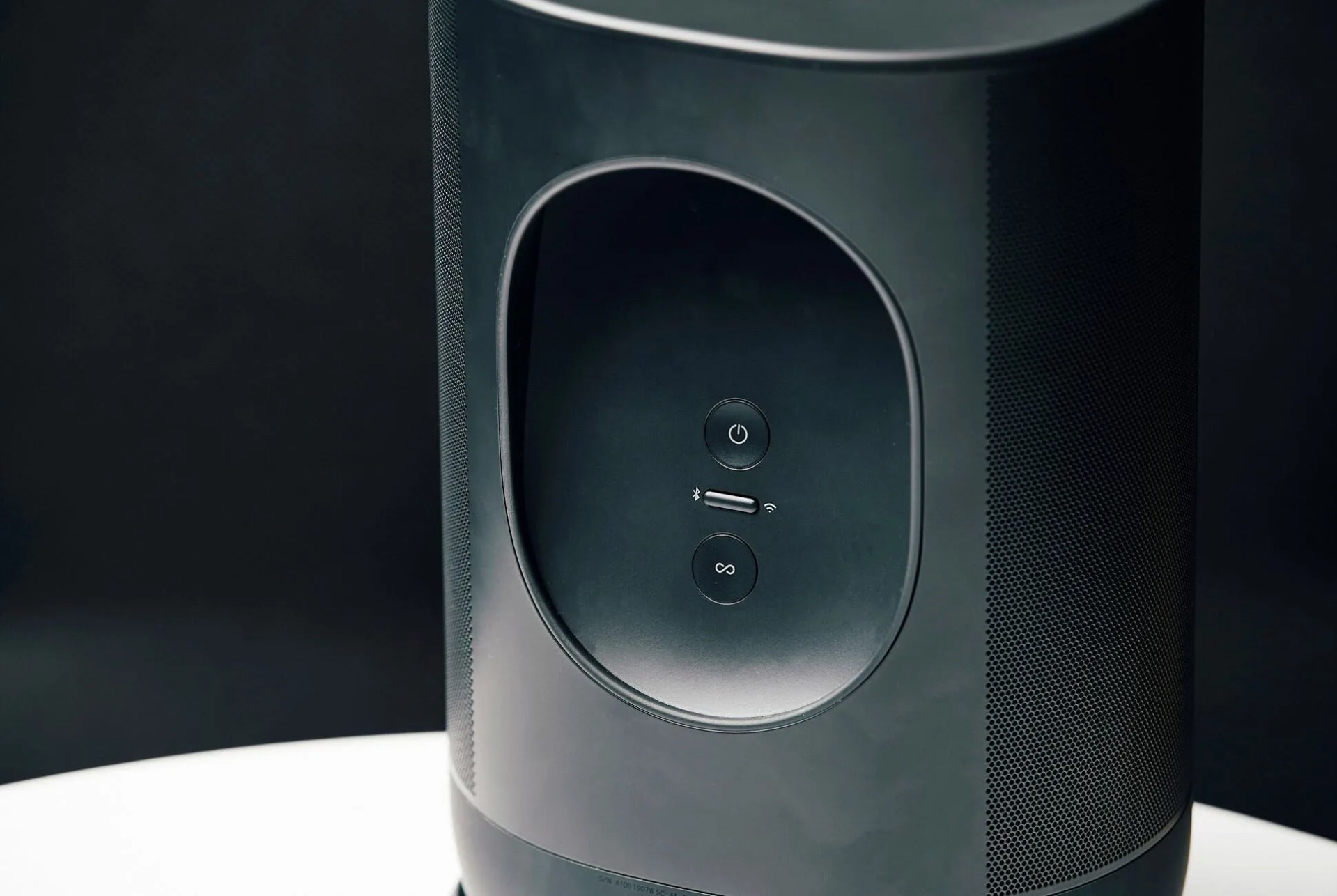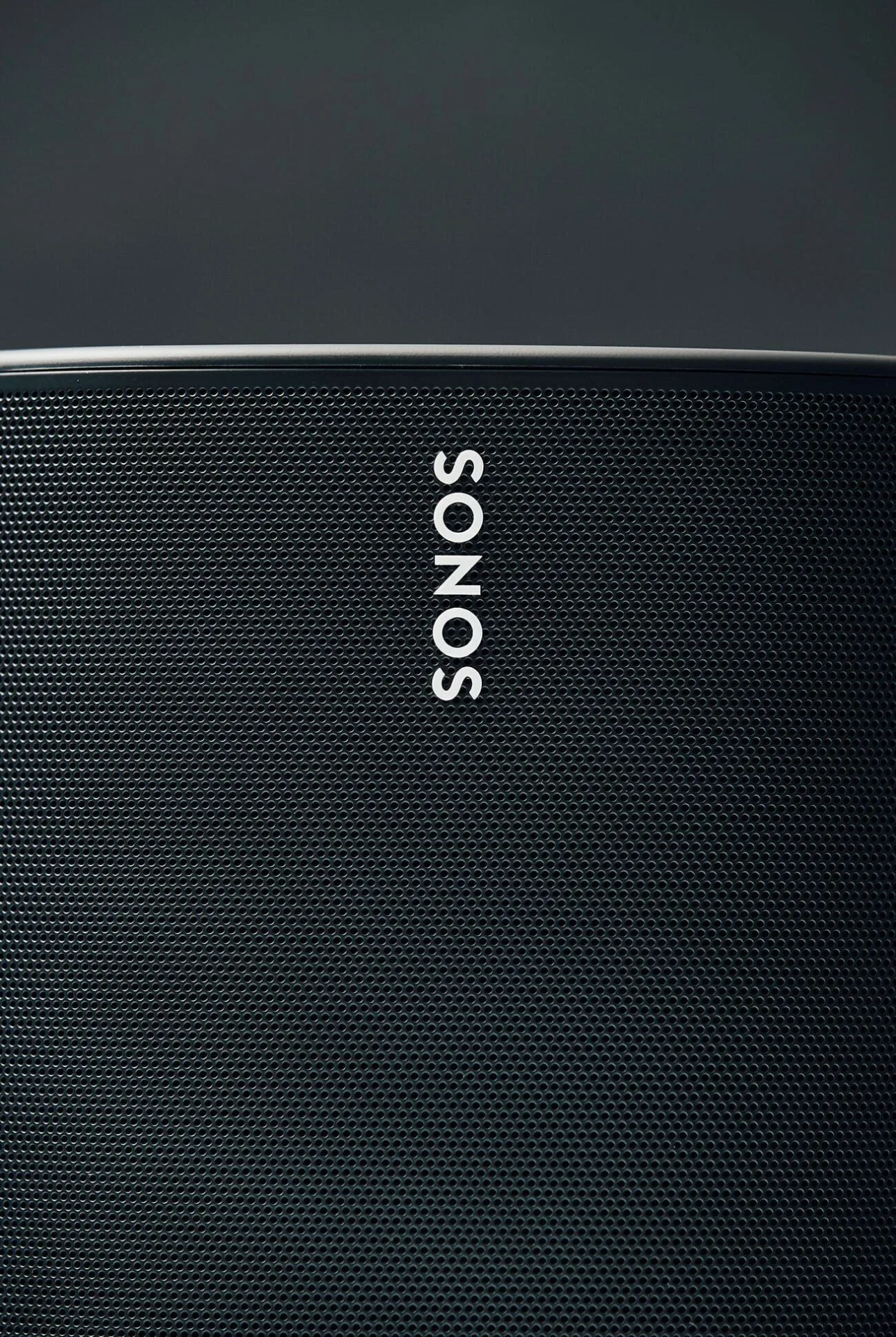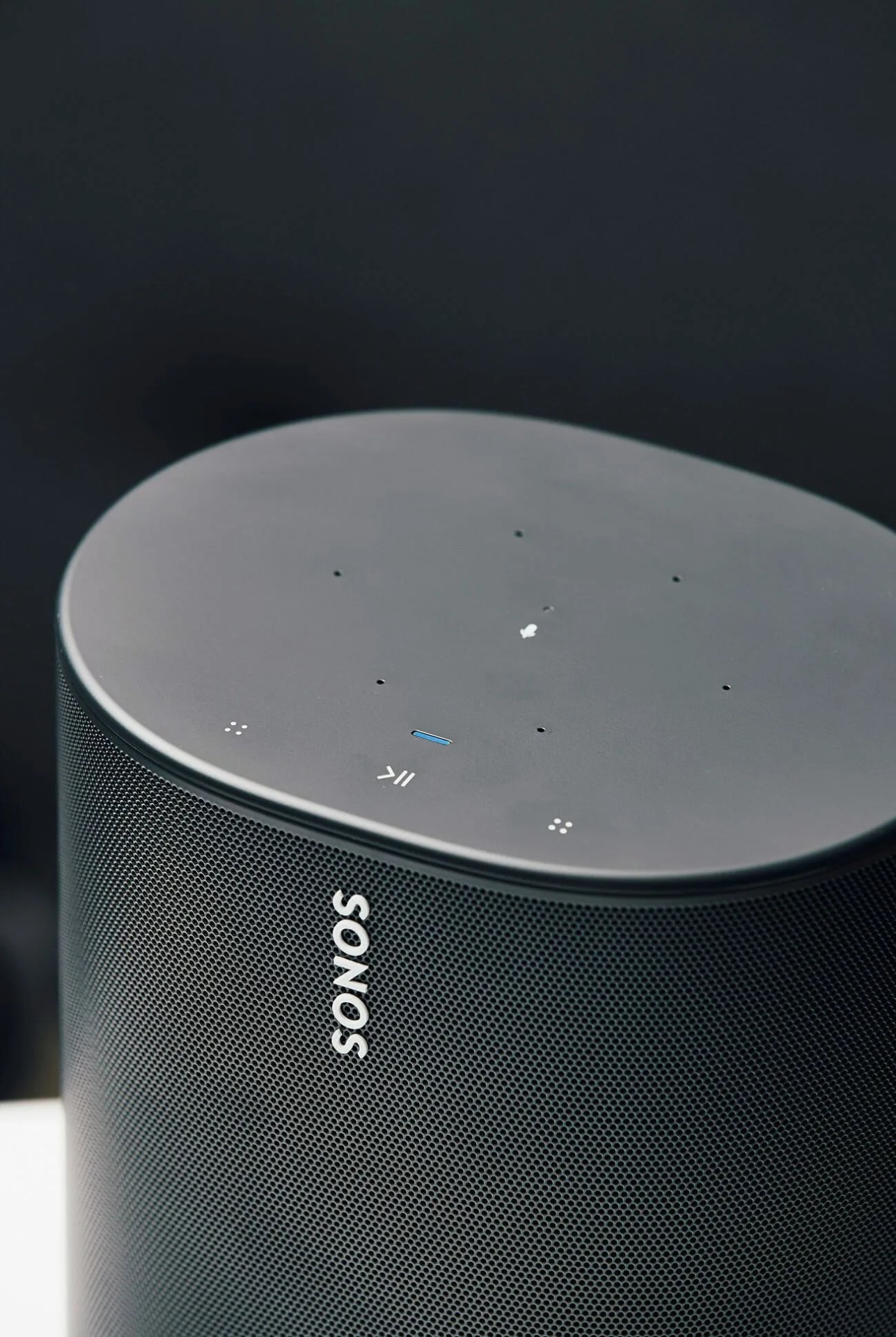The Sonos Move ($399) represents a bunch of “firsts” for Sonos. It’s the company’s first Bluetooth speaker, its first portable speaker and, thus, its first speaker to have a built-in battery (which Sonos had to build from scratch). Unlike all other Sonos speakers before it, the Move is designed to be listened to in, around and outside the home. And if you’re wondering, yes, the Move is weatherproof and drop-resistant, making it Sonos’s first truly rugged speaker, too.
Of course, the Move is still a Sonos speaker and it’s designed to work as such. It can connect to your home’s Wi-Fi network and, via the Sonos app, be grouped with other Sonos speakers in a multi-room system. It’s also a smart speaker, just like the Sonos One, so you can speak to Amazon’s Alexa or Google Assistant and request a song, adjust the volume or ask about the weather.
There are a couple of big questions surrounding the Move. In terms of sound quality, how does it compare to other Sonos speakers? And how should the Move be used? Is it more of a traditional Sonos speaker that, instead of being tethered to the wall, can be carried from room to room? Or is it more a portable Bluetooth speaker, designed to be listened to outside?
The biggest question, at least for me, has to do with the “Sonos experience.” The audio company is so beloved because its speakers sound great and work with almost every music streaming service, but, most importantly, they’re easy enough for anybody to use. So the fact that the Move can be constantly be moved around, switched between Wi-Fi and Bluetooth modes – does that negatively impact that Sonos experience?
The Good: The Sonos Move has that “Sonos sound” – it sounds warm, lively and punchy, both inside and outside, just as you’d expect from a Sonos speaker. Sonos specially designed it with a downward-firing tweeter and forward-firing woofer, and the result is that the Move has more of a 360-degree sound than any other speaker. (Fun fact: even though the Play:1 and Sonos One speakers have a dotted grill that wraps around most of the speaker, both are still forward-firing and not omnidirectional speakers.) In terms of sound quality and power, the Sonos Move sounds more closely to the Sonos One ($199) rather than the larger and more expensive Play:5 ($499); but it’s definitely in-between the two.
The other neat thing about the Move is that Sonos rejiggered TruePlay technology so that it works with the Move. TruePlay is the in-app feature that helps tune each Sonos speaker so that it sounds best for the room it’s in; it’s a typically a one-time process that requires you to wave your smartphone around while the speaker makes some strange noises. Sonos knew this would be a pain in the ass with the Move, to have listeners set up TruePlay every time they moved the speaker, so they developed Automatic TruePlay.




